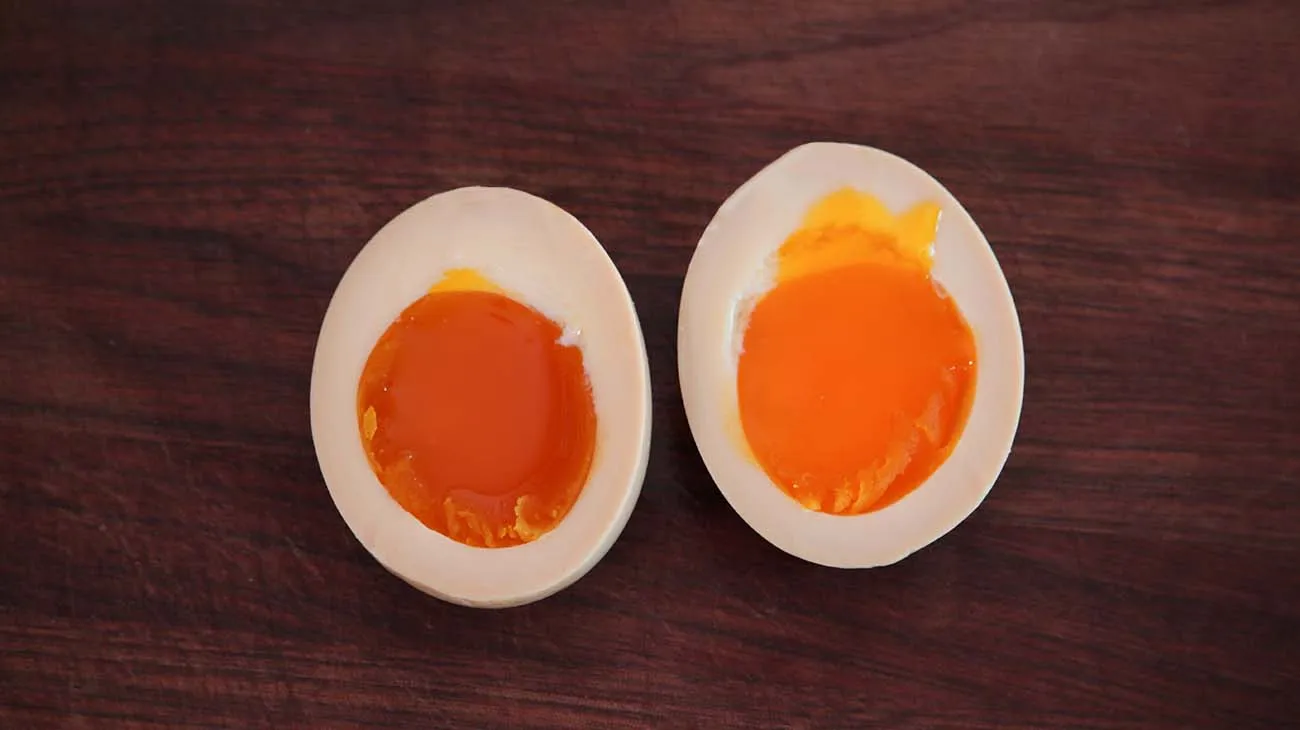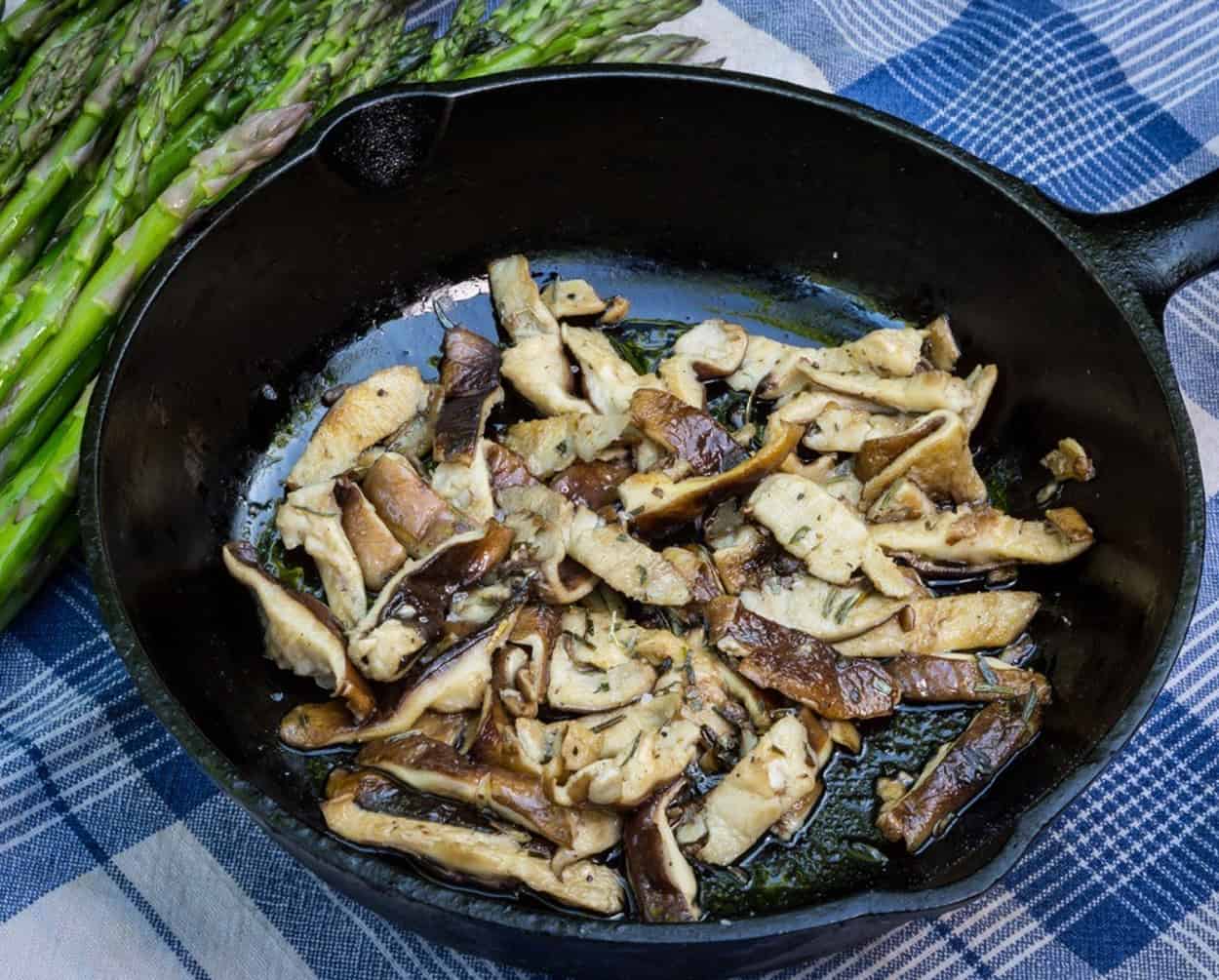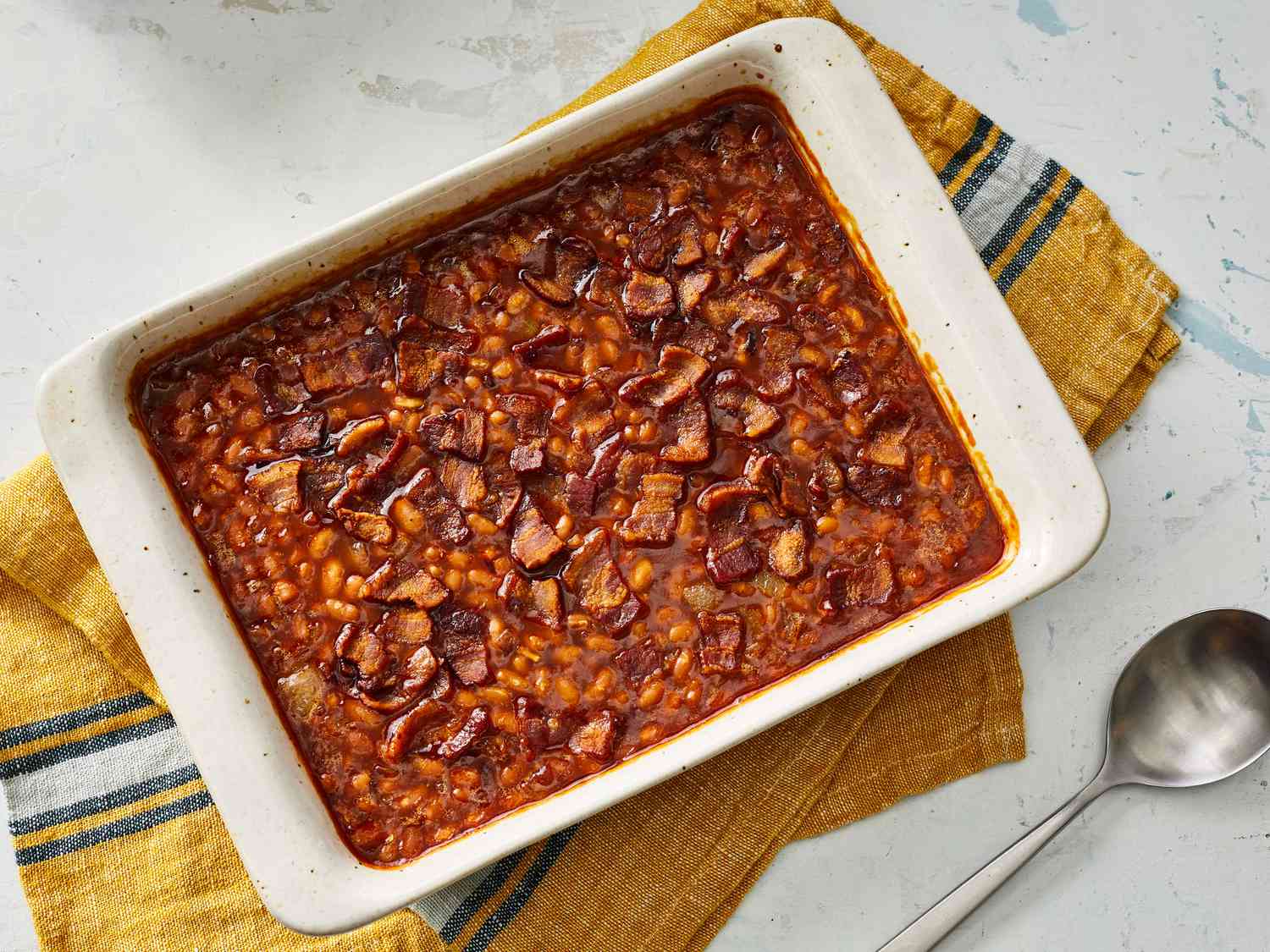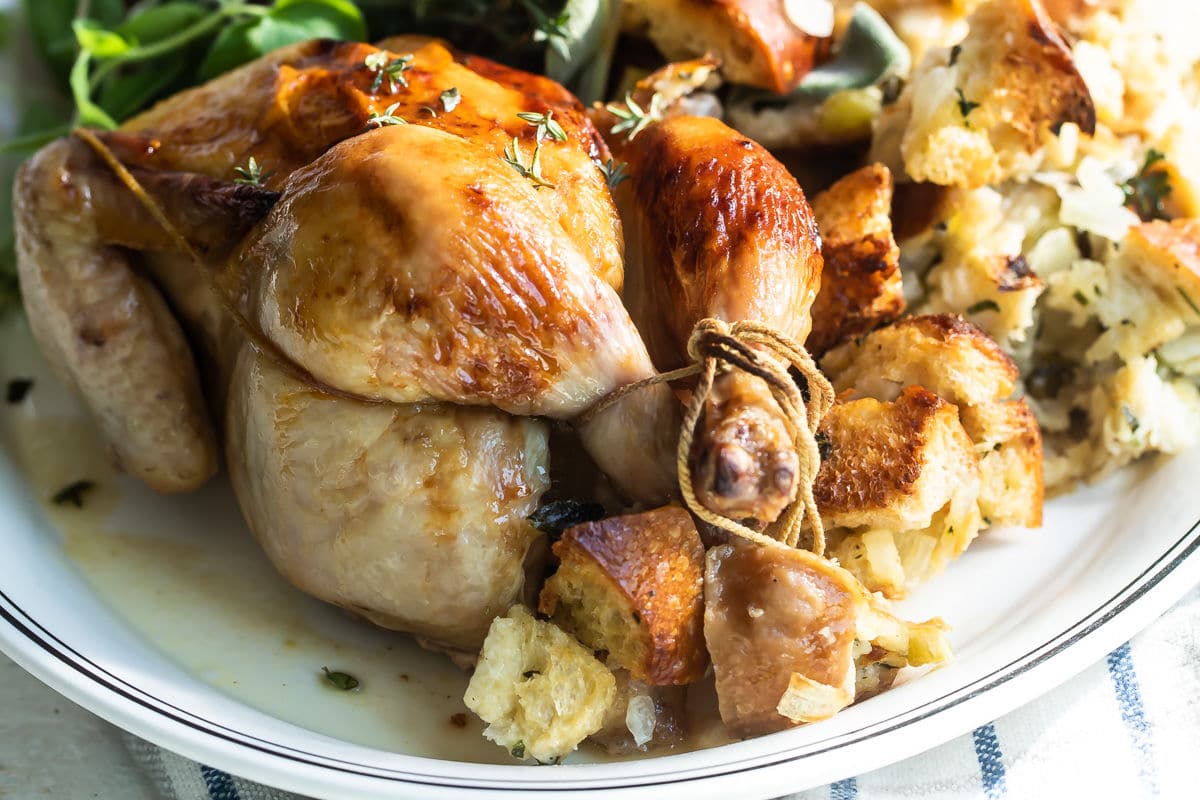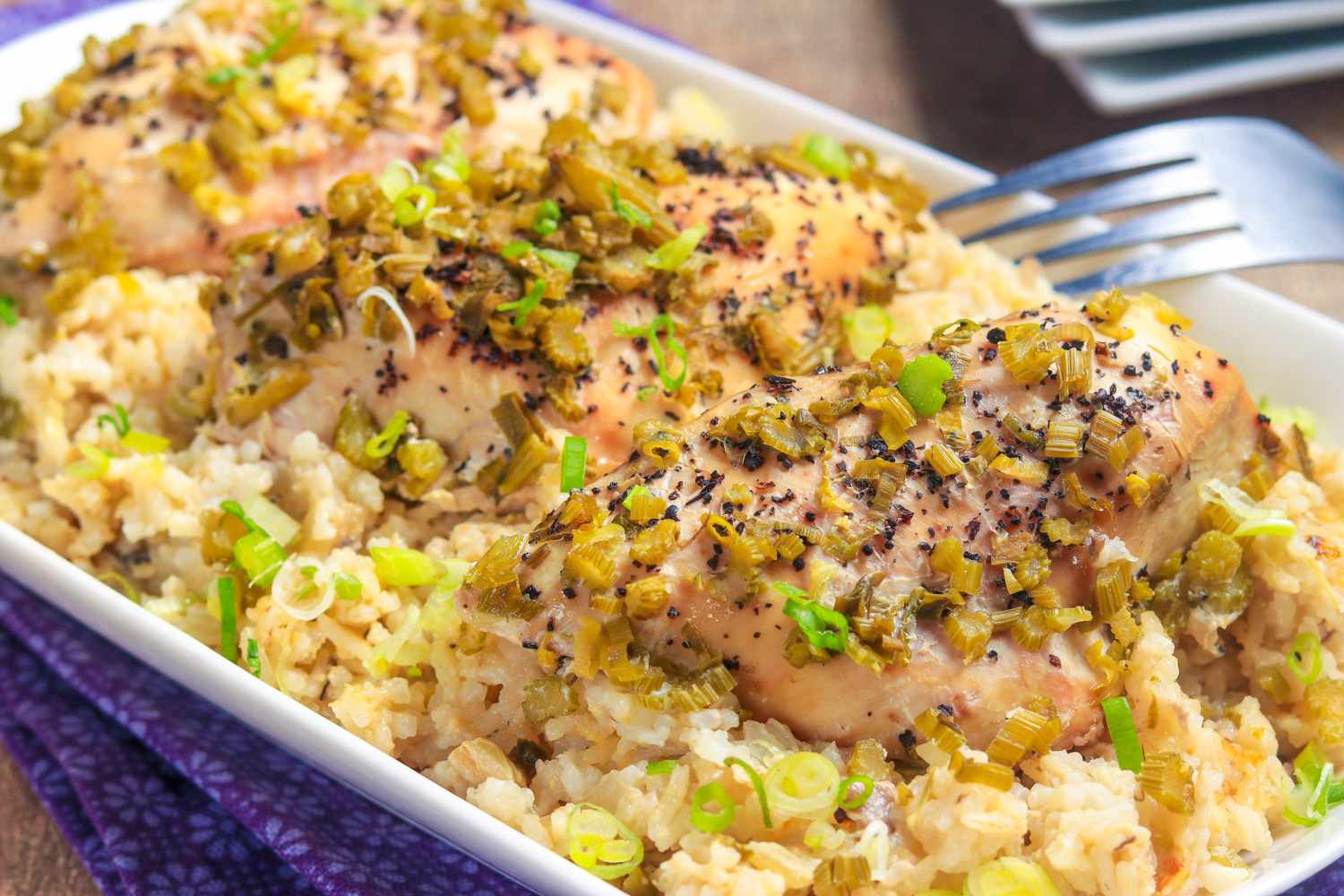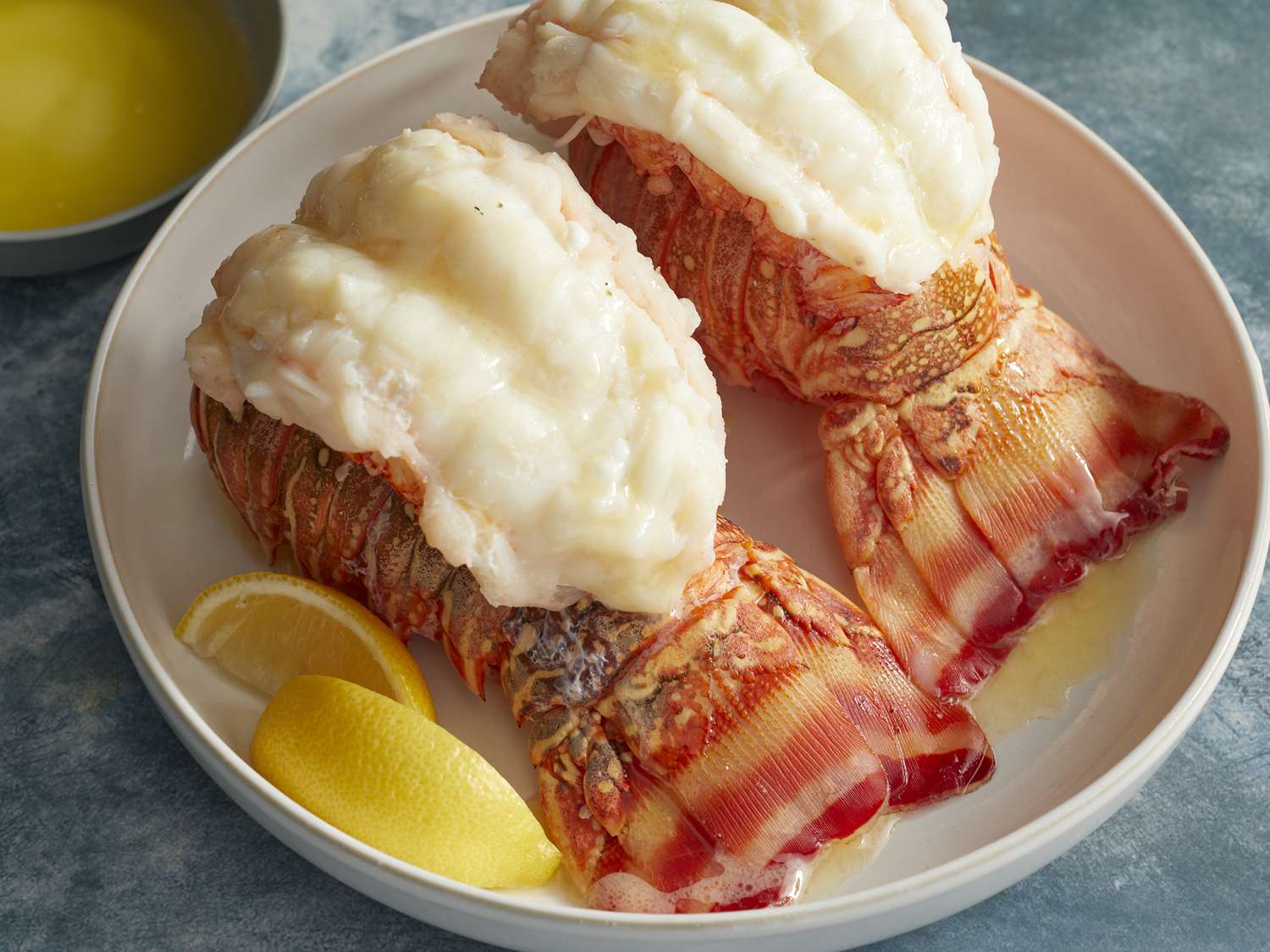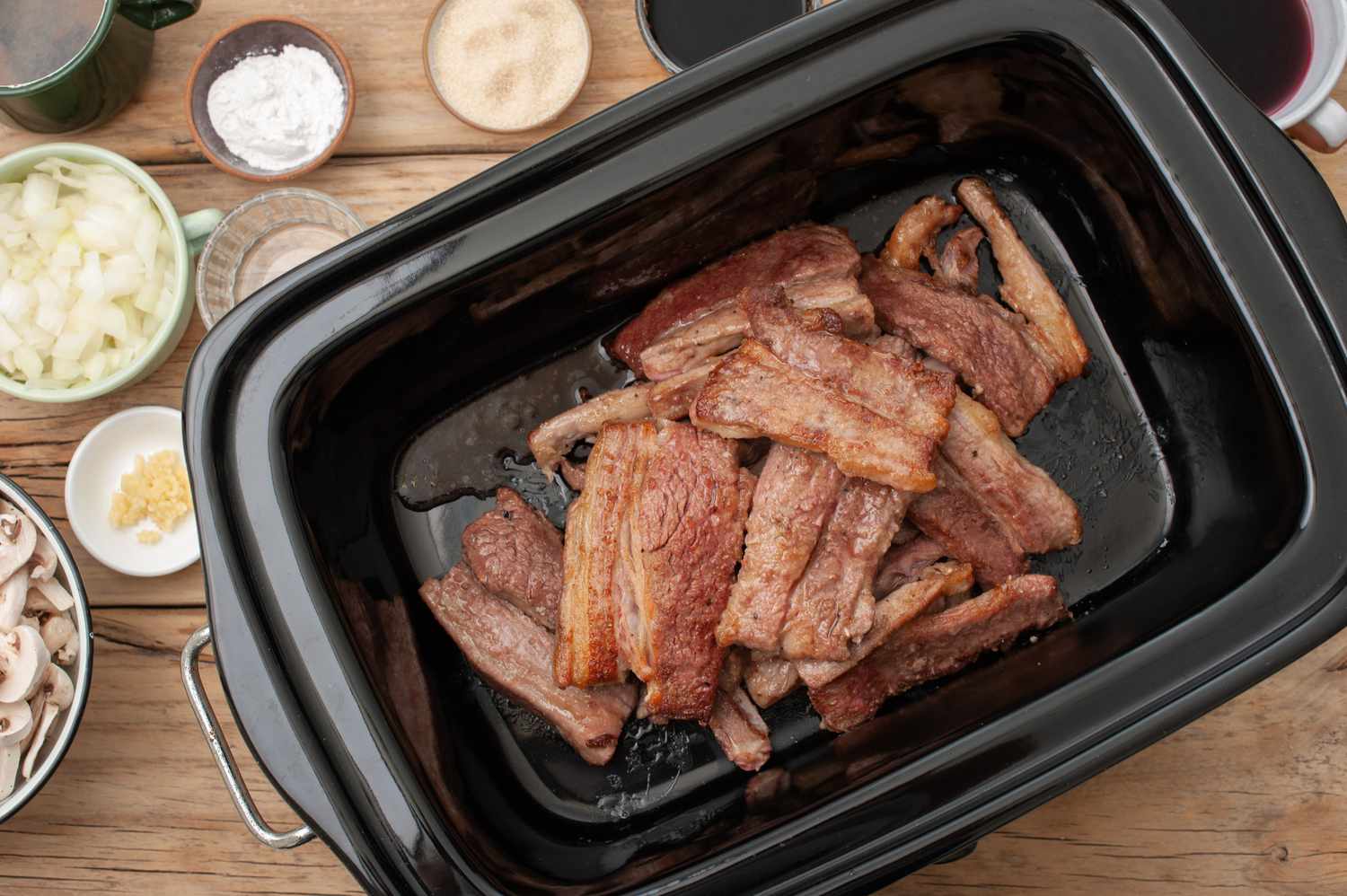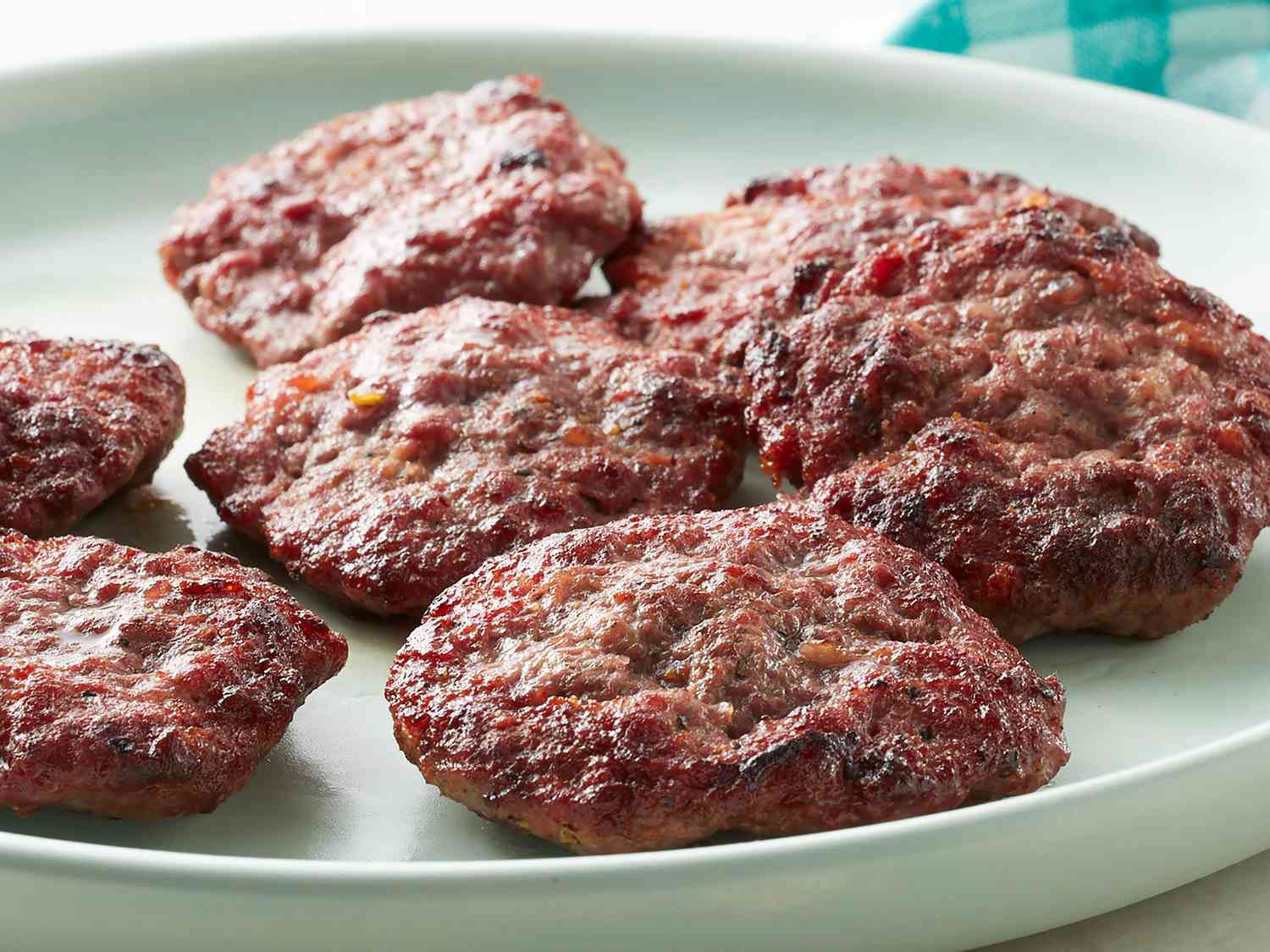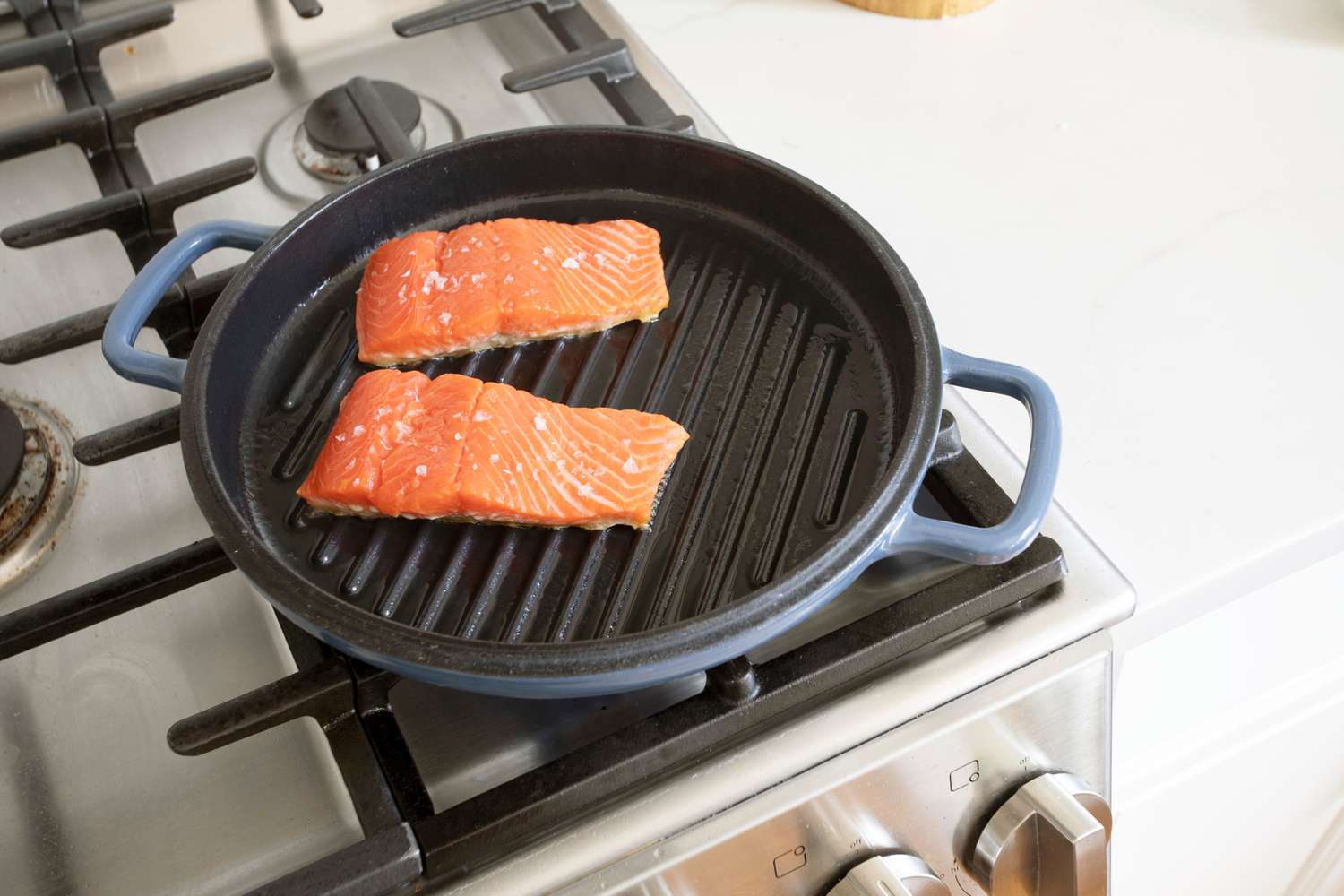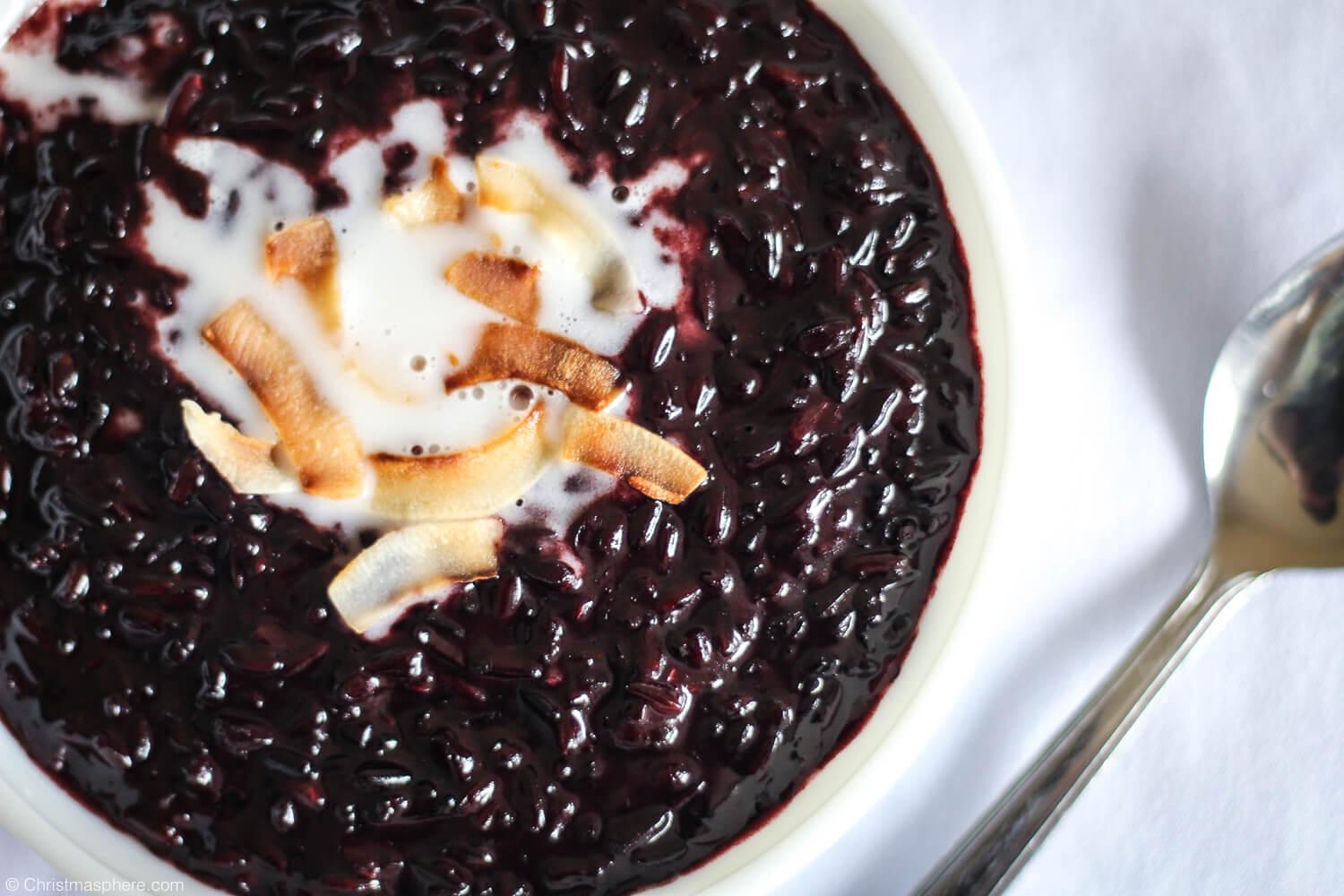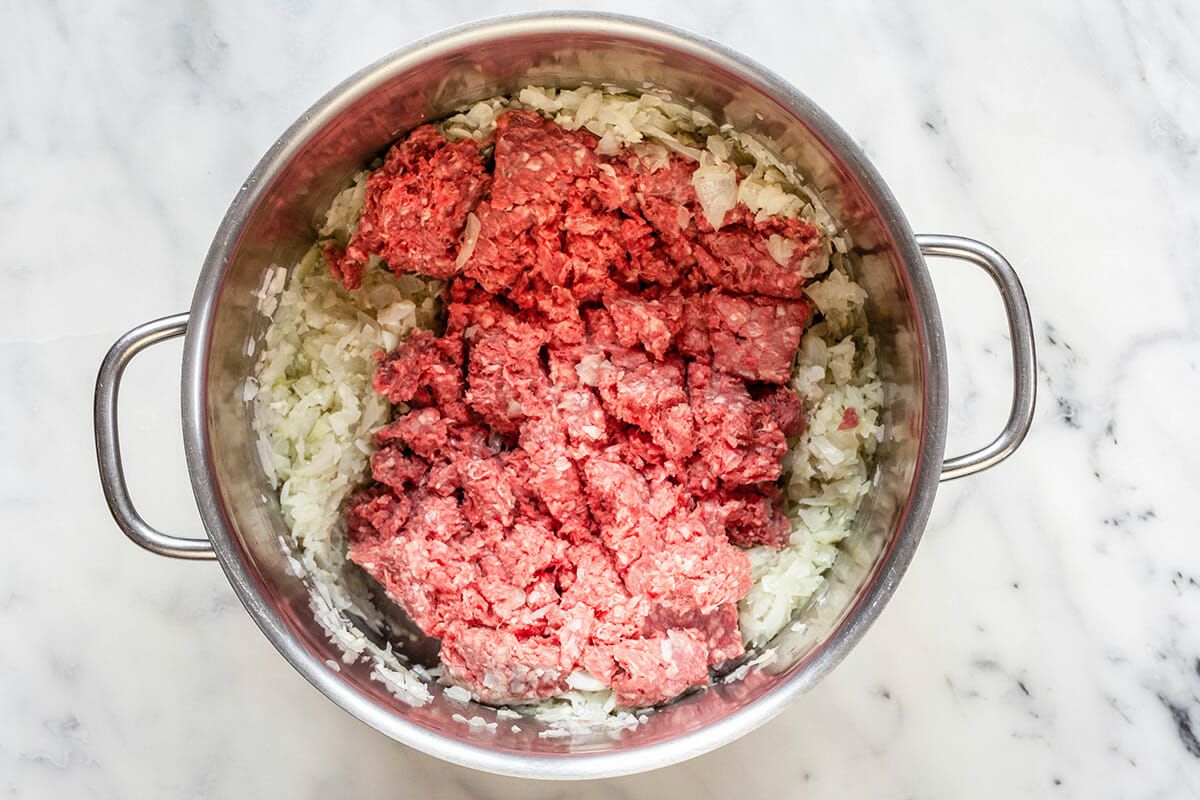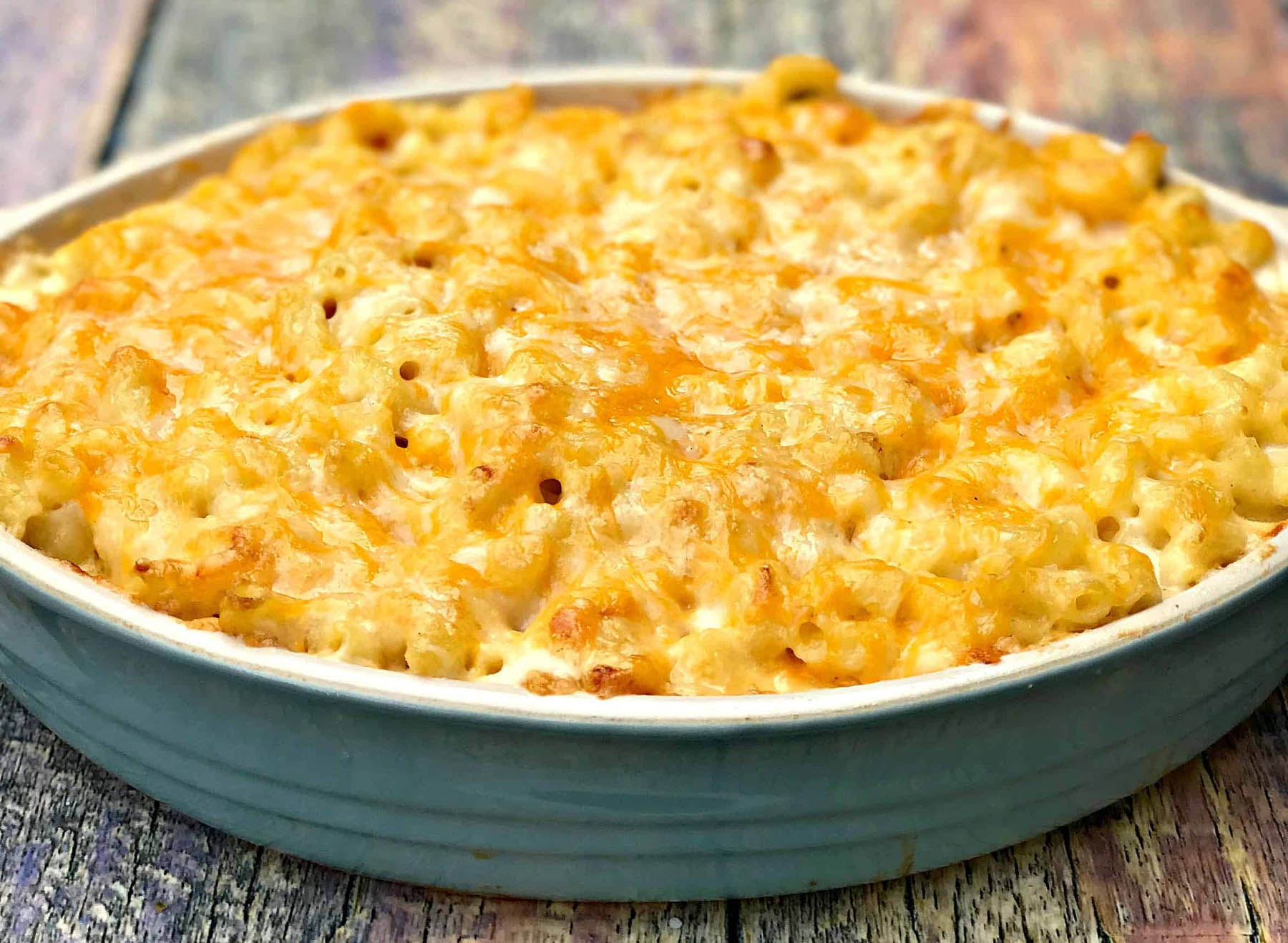Mastering the Perfect Lamb Roast in the Oven
Gather your aprons and sharpen your carving knives because today we’re diving into the art of cooking a mouthwatering lamb roast in the oven. Whether you’re cooking for a special occasion, a cozy family dinner, or just want to impress your taste buds, this guide will walk you through the steps to achieve a succulent and flavorsome dish. With a few simple techniques and some patience, you’ll become a lamb-roasting maestro in no time!
Choosing the Perfect Cut of Lamb
Before we embark on our culinary journey, it’s essential to start with the right cut of lamb. The three most popular cuts for roasting are the leg, shoulder, and rack of lamb. Each cut has its unique qualities, so consider your preferences and the occasion when making your selection.
- Leg of Lamb: This cut is lean and tender, ideal for a classic and traditional roast.
- Shoulder of Lamb: Known for its rich flavor, the shoulder is perfect for slow roasting, resulting in fall-off-the-bone tenderness.
- Rack of Lamb: If you’re looking for an elegant presentation, the rack of lamb is your go-to choice. It boasts succulent meat and a delectable crust when cooked to perfection.
Prepare for Roasting Success
Once you’ve chosen your lamb cut, it’s time to prepare it for the oven. Follow these steps to ensure a memorable and flavorful dining experience:
- Bring the lamb to room temperature: Remove the lamb from the refrigerator and let it sit at room temperature for about 30 minutes to an hour. This allows for more even cooking.
- Season generously: Coat the lamb with a blend of your favorite herbs and spices. A classic combination includes rosemary, garlic, salt, pepper, and a drizzle of olive oil.
- Preheat the oven: Set your oven to a temperature of 325°F (163°C) for a slow roast or 425°F (218°C) for a quicker cook. The choice depends on your desired level of tenderness and crust.
Cooking to Perfection
Now that your lamb is prepared, it’s time to bring out its full potential in the oven:
- Place the lamb in a roasting pan: Use a sturdy roasting pan and a roasting rack if available. This helps air circulate around the meat, resulting in a more evenly cooked roast.
- Insert a meat thermometer: To ensure precise cooking, insert a meat thermometer into the thickest part of the lamb without touching the bone. For medium-rare, aim for an internal temperature of 145°F (63°C). For medium, target 160°F (71°C).
- Roast to perfection: Cook the lamb according to the weight and cut. As a general guide, allow approximately 20 minutes of cooking time per pound (450 grams).
- Rest and Carve: Once the lamb reaches your desired level of doneness, remove it from the oven and let it rest for 10-15 minutes before carving. This allows the juices to redistribute, resulting in a juicier and more flavorful roast.
Bringing it all Together
As you carve your succulent lamb roast, the aroma fills the room, and your guests eagerly anticipate the first bite. Serve it alongside roasted vegetables, creamy mashed potatoes, or a fresh green salad for a truly memorable meal. Remember, practice makes perfect, so don’t be discouraged if your first attempt isn’t flawless. With every roast, your skills will refine, and soon you’ll be known for your exceptional lamb roasting abilities.
So, grab your apron, preheat your oven, and let the magic happen. Go forth and conquer the art of cooking a lamb roast in the oven, creating culinary masterpieces that will be savored and cherished for years to come.
Was this page helpful?
Read Next: How To Cook Carrots So They Are Soft
